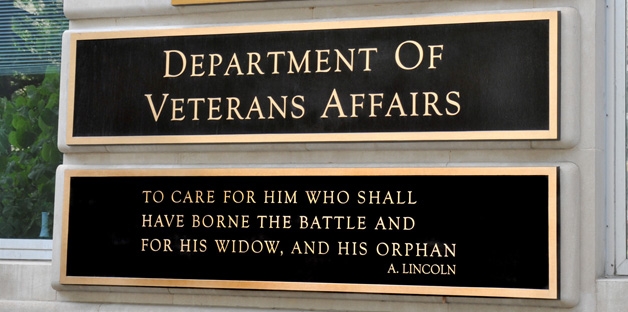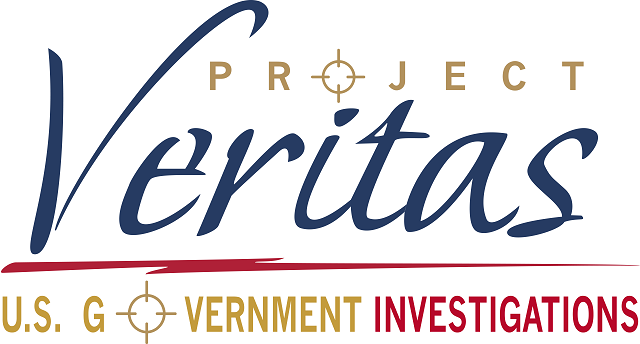Muslim Brotherhood Supporter Named Veterans Administration Secretary

The U.S. Senate just confirmed Denis McDonough to be the new Secretary of the Veterans Administration.
McDonough has a long history of openly supporting jihadis while in public office.
The counter-terrorism policies and strategies created under his watch as Deputy National Security Advisor and Chief of Staff under President Obama demonstrate his overt support for individuals and entities who openly call for the overthrow of the U.S. government and the destruction of liberty and innocent life.
McDonough’s seditious and unlawful actions are unprecedented in their brazenness and blatant violation of his oath and the law.
For instance, as the Deputy National Security Advisor to President Obama, McDonough went to the Muslim Brotherhood’s mosque, the All Dulles Area Muslim Society (ADAMS) in Sterling, Virginia with senior U.S. leaders including FBI, DHS, NSC, etc. to PRAISE its imam.
The ADAMS Center imam is Mohamed Magid, a Muslim Brotherhood leader.
See the video of McDonough’s speech at ADAMS HERE. (By the way, Denis McDonough lied when he said Thomas Jefferson held “the first Iftar dinner at the White House.”)
For years, Muslim Brother Imam Mohamed Magid served as the Vice President and then President of one of North America’s largest Muslim Brotherhood organizations, the Islamic Society of North America (ISNA).
ISNA was identified by the Department of Justice as a Muslim Brotherhood organization which directly funded Hamas leaders and organizations overseas.
The evidence was revealed in the largest terrorism financing trials ever successfully prosecuted in American history – US v Holy Land Foundation (HLF), Northern District of Texas (Dallas), 2008.
You can see ISNA’s financial transactions sending money to the designated Foreign Terrorist Organization Hamas, entered into evidence at the HLF trial HERE.
The Muslim Brotherhood is a designated terrorist organization in several nations, and the U.S. House and Senate both have bills pending to declare the Muslim Brotherhood a terrorist group in America. See the bill HERE.
So either Denis McDonough is grossly ignorant and incompetent, as well as criminally negligent for not knowing/understanding basic facts in evidence about ISNA and the Muslim Brotherhood, or he was and is wittingly complicit in aiding and abetting enemies of the United States in violation of his Oath and federal law.
COLUMN BY
John Guandolo is a US Naval Academy graduate, served as an Infantry/Reconnaissance officer in the United States Marines and is a combat veteran, served as a Special Agent in the FBI from 1996-2008, and was recruited out of the FBI by the Department of Defense to conduct strategic analysis of the Islamic threat. He is the President and Founder of Understanding the Threat (UTT).
RELATED ARTICLES:
11 Iranian Muslims arrested for illegally crossing from Mexican border into U.S.
Steve Harvey: ‘Islam is a religion of peace’
Spain: Leftist politician praises Islamic al-Andalus, accuses Spanish monarchy of ‘genocide’
Indonesia detains Muslim woman from UK on terror suspect list, plans to deport her back to Britain
This just in: ‘Islam does not support terrorism, it condemns it’
The use of anti-Semitic conspiracy theories to exonerate Islam from any connection to ISIS
EDITORS NOTE: This Jihad Watch column is republished with permission. ©All rights reserved.




 James O’Keefe, founder of Project Veritas, reports:
James O’Keefe, founder of Project Veritas, reports:

